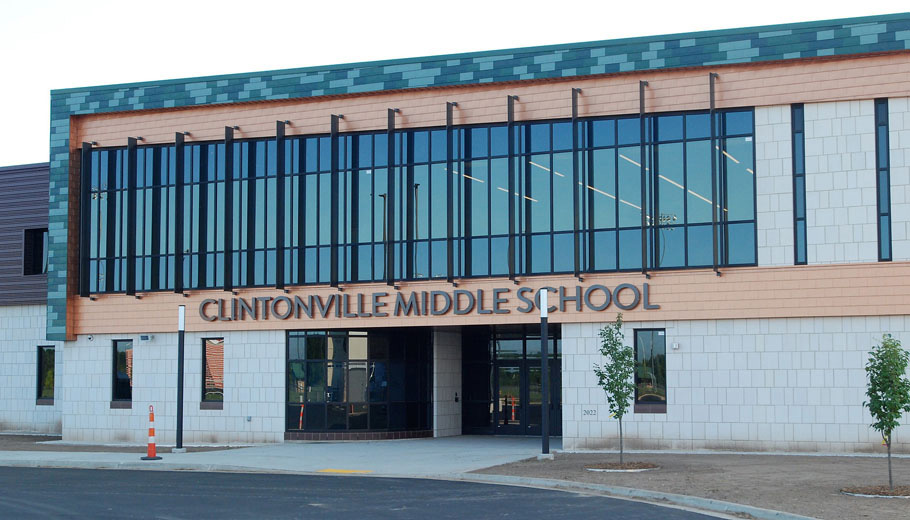
Mill rate remains at $10.74
By Bert Lehman
The Clintonville School Board passed a 2023-24 budget with s deficit of almost $1.03 million.
The budget was passed unanimously at the board’s Oct. 23 meeting. School board member Chad Dobbe was absent from the meeting.
Prior to the board voting, Superintendent Troy Kuhn said, “It is a concern I think for all of you, and for us, regarding proposing a deficit. We’ve already been meeting with various people, including representatives, other superintendents, advisors, and we have some plans in place to fix that.”
Budget hearing
Lindsay Norder, district business manager, presented the budget to the board.
The property tax levy is projected to increase from $8.41 million in 2022-23 to $9.62 million in 2023-24. Equalized value increased from $783.2 million to $896.5 million.
Even though the tax levy has an increase compared to last year, the property tax rate will remain at $10.74 per $1,000 of property value, which it has for the last several years.
When the district was asking residents to approve a school referendum several years ago, the district had promised that the mill rate would not increase if the referendum was passed.
Norder said the district has received all the funds regarding the school referendum, and the district is at the point where it needs to start paying off that debt.
She said the debt levy in the budget is for the exact amount that the district has to pay back this year. She added that the district has already made a payment in September, and that covered only interest on the debt. The next payment is due on March 1, which will cover both interest and principal.
Deficit factors
Norder told the board there were several factors that contributed to the budget deficit.
One factor was a decline in enrollment from last year to this year.
“From last year to this year we did have a decrease of 31 students,” Norder said.
The pupil count, which Norder said is used to determine the district’s state aid, decreased by 20 students. The pupil count includes information about students open enrolling in and out of the district.
This school year, 158 students who live in the Clintonville School District open enrolled out of the district. Only 65 non-resident students open enrolled into the district.
In 2022-23, 151 students open enrolled out of the district compared to 67 open enrolling into the district.
The district receives $11,000 in state aid for every student enrolled in the district.
Another factor is that ESSER funds are completely gone in this budget because the district used all of its remaining funds in the budget for the last school year.
“Our revenues overall, mainly because of Covid, is down from last year to this year,” Norder said.
She added that district expenses are budgeted to increase in this year’s budget, with open enrollment expenses continuing to increase.
“I think it has increased every single year since the vouchers program started back in 2013-14,”
Norder said. “But all the business managers throughout the state just continue to talk about how the vouchers program is continuing to hurt all of the public schools. The voucher program alone is $703,000 that we have to pay into the state for kids going to private schools. And the open enrollment this year is roughly $1.4 million (expense). Those are for kids who reside in the district who are choosing to go to a different school.”
The budget includes a 2% wage increase for district employees.
Fund balance
Norder said it is concerning that the district is not meeting board policy regarding the amount of funds in the undesignated fund balance. Board policy states the percentage of the fund balance to that fiscal year’s expenditures needs to be at least 25%.
The fund balance was 17.6% in the 2022-23 budget. The 2023-24 budget has the fund balance falling to 11.6%.
“That is very concerning to me because we are not meeting a policy set by the board,” Norder said.
“The other piece of that is, the lower that number is, the less cash we have. The sooner that number goes down, the sooner we’re going to have to short-term borrow.
“That is a high-priority to me, and it has been since I started. We just need to figure out what we’re going to do to turn everything around to start getting that number back up to 25%.”
